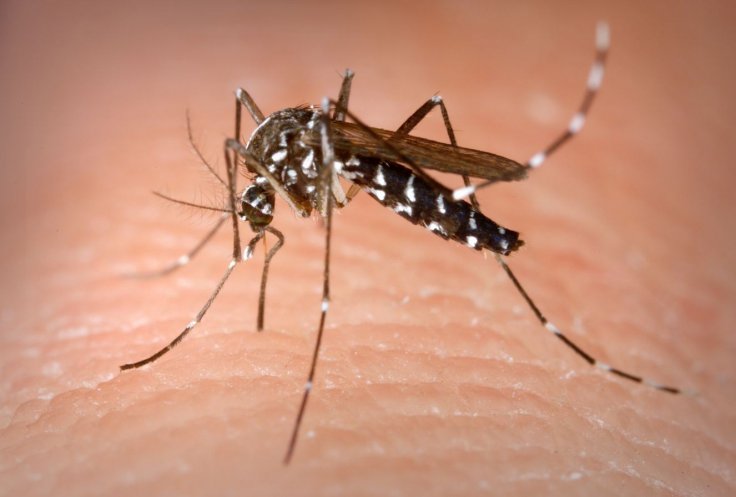Scientists from The University of Texas Medical Branch at Galveston have discovered a new mechanism to design antiviral drugs to tackle the dengue virus. The study by the multidisciplinary team was published in the journal in Proceedings of the National Academy of Sciences.
"Our study also explains how resistance emerges when dengue virus is treated with the inhibitor. A resistant virus emerges through one amino acid change that weakens the compound binding to the viral capsid protein," said Mark White, co-senior authored the study, in a statement.
Opening New Avenues
Dengue virus is a very important mosquito-transmitted viral pathogen, causing 390 million human infections each year. Dengue is common in more than 100 countries and forty percent of the world's population is at risk of infection. When someone becomes ill with dengue, symptoms that can range from mild to severe may include fever, nausea/vomiting, rash and muscle/bone/joint aches.

Despite this, there are no clinically approved drugs currently available to people who become infected. In this study, the UTMB team has solved the co-crystal structure of the dengue capsid protein, which forms the interior of virus, in complex with an inhibitor.
The co-crystal structure has provided atomic details of how the inhibitor binds the capsid protein and blocks its normal function, leading to the inhibition of viral infection. The structural information has opened new avenues to rationally design inhibitors for antiviral development.
New Mechanism Holds Promise
"There are four types of dengue virus, all of which can cause epidemics and disease in humans. The current inhibitor does not inhibit all types of dengue virus. Our co-crystal structure explains why this is the case," said Pei-Yong Shi, I.H. Kempner professor of Human Genetics at UTMB. "Using this new information, we will be able to design new drugs that can inhibit all types of dengue virus. In addition, the structural information will also enable us to make compounds with improved potency and drug-like properties."
"The inhibitor binds four capsid molecules to form a tetramer. Such capsid tetramers are assembled into dengue virus. However, such a tetramer-containing virus is not able to productively infect new cells," said White.
"The World Health Organization lists dengue virus as one of the top ten public health threats and as such requires the urgent development of effective vaccine and therapeutics," said Hongjie Xia, UTMB postdoctoral fellow and lead author of the study. "Although we are currently coping with COVID-19 pandemic, Singapore and other regions are experiencing a record number of dengue human cases. This motivates our team to develop clinical treatments for this devasting disease."
(With inputs from agencies)









